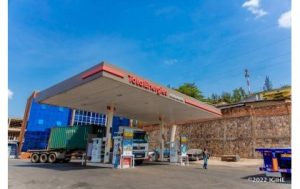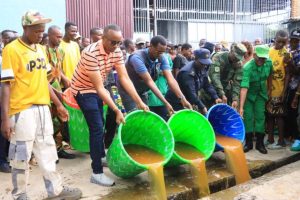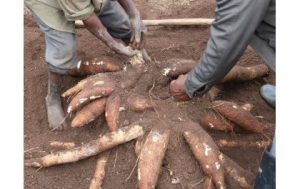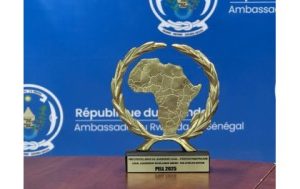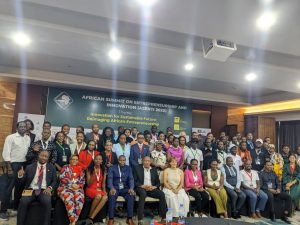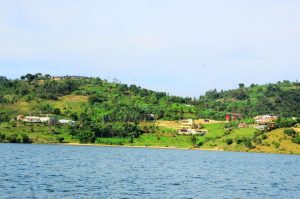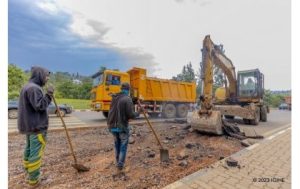Global Methane Hub Unveils Satellite Project to Cut Livestock Emissions
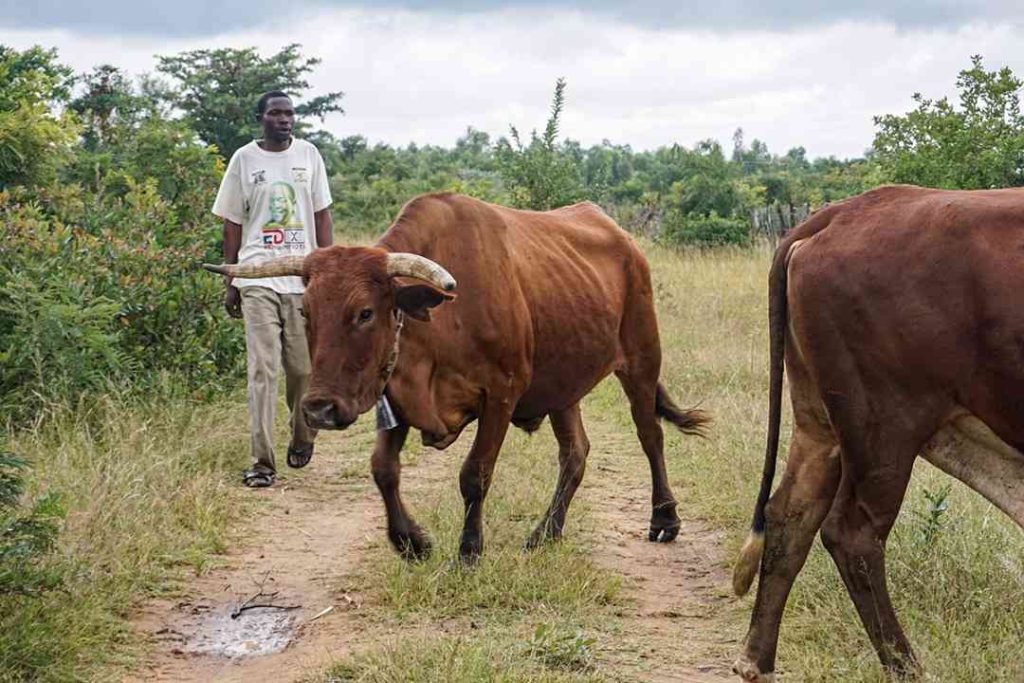
New “Time2Graze” initiative aims to boost productivity and reduce methane through satellite-guided grazing in Latin America and Africa
The Global Methane Hub has launched an international initiative that will use satellite data to help farmers optimize livestock grazing, improving nutrition and productivity while reducing methane emissions.
The project, known as Time2Graze, brings together 35 partners across Latin America and Africa to develop digital tools that provide farmers with near-real-time estimates of pasture biomass. By guiding livestock toward optimal grazing levels, the initiative seeks to make feed more digestible and cut methane emissions from cattle.
An estimated two-thirds of global agricultural land is devoted to grazing, but pasture quality fluctuates with the seasons and is increasingly threatened by climate change. Digestibility of forage directly affects both meat and milk output, as well as methane levels, since most livestock emissions are produced during digestion.
“Grazing livestock systems are common worldwide but they are both highly variable and seasonally constrained,” said Dr. Santiago Rafael Fariña, senior agriculture program officer at the Global Methane Hub. “The Time2Graze project aims to empower farmers with real-time information about pasture biomass to sustainably increase production while also cutting methane emissions.”
The system will use satellite monitoring to track pasture conditions in plots as small as 10-by-10 meters, providing updates every five days. Early research suggests that a 10 percent improvement in feed digestibility could reduce methane emissions by as much as 20 percent.
The World Resources Institute (WRI) will lead development of a remote sensing system for tropical and temperate regions, while partners including the International Center for Tropical Agriculture (CIAT), Uruguay’s National Agriculture Research Institute (INIA), and WWF will design regional decision-support tools.
Farmers will be directly involved through 115 trial sites in seven countries, ensuring that the tools are adapted to local realities. The initiative also includes contributions from Global Pasture Watch, OpenGeoHub, and several universities, research institutes, and farmer associations.
Methane is a potent greenhouse gas, with more than 80 times the warming potential of carbon dioxide over a 20-year period. Nearly 98 percent of livestock methane emissions come from grazing or mixed systems, with the majority produced in the Global South.
“Enabling the livestock sector to reduce methane emissions is critical for safeguarding a vital sector for food security and livelihoods for more than a billion people,” said Hayden Montgomery, director of the Global Methane Hub’s agriculture program. “The Time2Graze project offers farmers a win-win by improving animal nutrition and productivity while contributing to climate goals.”
By combining cutting-edge satellite monitoring with on-the-ground collaboration, Time2Graze aims to demonstrate that climate action in the livestock sector can go hand in hand with stronger yields and more resilient food systems.

SUBSCRIBE TO OUR NEWSLETTER




